BBC News Bureau Support Team

FORMATION
SIGNIFICANT EVENTS
Paul Goodman checks his oil level.
1980’s
It was inevitable that E.N.G. was here to stay. Cameras were getting more able to cope with the bumps and soakings of life on the road. Initially the recording of material was done on separate large, heavy, fragile tape machinery which had to be transported in dedicated newsgathering vehicles. However quite quickly the American equipment was dominated by, the kings of miniaturisation, the Japanese. Competition between themselves lead to ever shrinking tape formats, and therefore lighter weight cameras. The large scale integrated circuit designs led to ever increasingly clever options like several microphone inputs, spare sound tracks for effects, quick white balance, remote control, radio mic receivers, etc etc
These were located at:
Washington, Moscow, Beijing, Tokyo, Paris, Berlin, Geneva, Johannesburg, Jerusalem [more needed here]

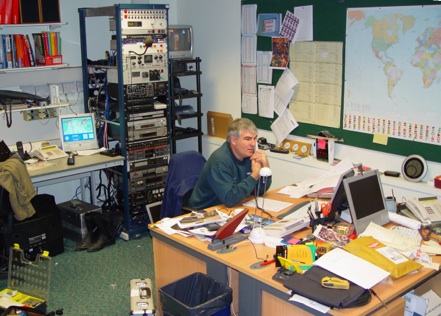
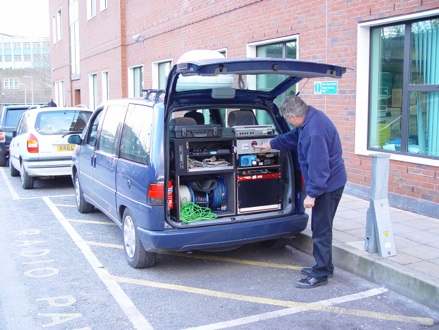
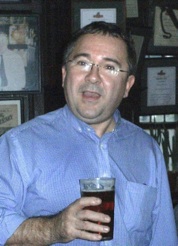
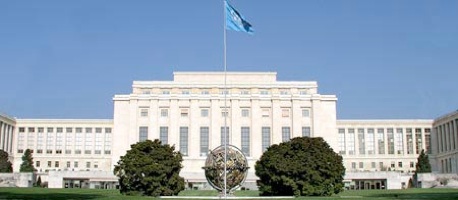
Room 3210
the new Beastie Cave centre of operations.
Under Lord Reith the BBC had long maintained its independence not only from the British government but also from other governments and indeed national and international newspapers and magazines all of whom either had a vested commercial interest or were directly or indirectly controlled by governments. Therefore suppliers of news information could not always be trusted. It doesn’t take a giant leap of understanding to realise that the best way to find out what is going on is to send someone there yourself. Quite often journalists could spend weeks or months relaying information back home. Some parts of the world like USA, Middle-East, United Nations were always plentiful suppliers and so were born small permanent offices overseas. Over the decades a few more small bureaux were added. The Bureau Support Team were originally formed by XX in Broadcasting House in 19XX to design, build and service equipment installed in these overseas News bureaux.
1960’s
Television Centre was built in a circular shape and to the North-East a Spur was built to house the BBC’s News Gathering department. In the basement, to store and service light-weight film cameras and their attendant vehicles, a News Garage was built. Nearby was a small Servicing Workshop. In Room 3212 on the third floor a number of Film Development Labs were housed to supply material for transmission from the studios on the floor above.
1970’s
In the late 1970’s reasonably priced electronic cameras were coming in and so was born the infamous days of Electronic News Gathering. Many of the film, development, editing, dubbing and telecine operational staff were finding themselves out of a job. It was a time of significant industrial unrest.
1990’s
The reliability of equipment was coming of age and certainly very much smaller. A new department, TVC Projects, wanted to share the workshop. Eventually the pressure on accommodation space lead to the Bureau Support Team moving to a new home just along the corridor in Room 3210.
1950’s
Not only were technical staff needed to look after overseas bureaux but back in good old blighty domestic local and national news was a BBC priority. Broadcasting House had a garage for vehicles to go out and grab stories any time night or day [more needed here].
Gerald Davy tests the uninterruptable power supply of a Newsgathering car outside TV Centre.
OVERSEAS BUREAUX
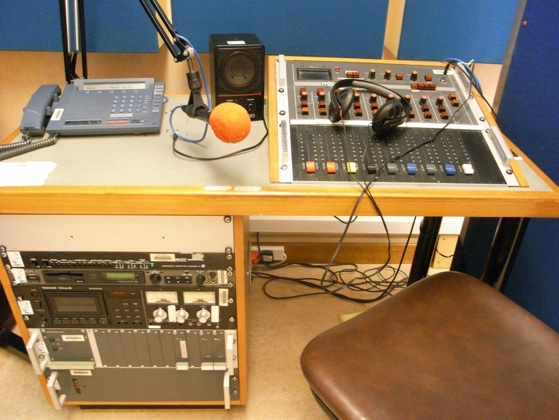
A typical bureau insert desk.
United nations in Geneva.

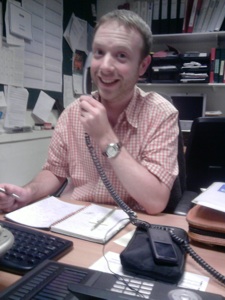
James Turner has the telephone manner of a saint. But you can’t reach down a telephone to ‘deal’ with some customers.

The Dream Team in Moscow.
Disclaimer
Whilst some care has been taken to check externally linked websites no responsibility is offered nor implied for the suitability, legality or reliability of content therein.
